11 Reasons Why The Amazing Koenigsegg Agera Is A Car With No Match
The Koenigsegg Agera debuted at the Geneva Motor Show in 2011 and immediately became a sensation in the automotive world. The Agera in Swedish translates to 'Act' or 'Take Action' and considering the bar it set for other hypercars, I think it does just that. The Agera went on to be called the hypercar of the year by many and finally bid goodbye in 2018 with two final editions.
Published August 2, 2024

Table of Contents
- Do not call it scissor doors, please!
- The Agera R could run on race fuel
- Know why the car wears a ghost logo
- Koenigsegg Agera S officially broke the 1,000 hp barrier on regular fuel
- 7. The AirCore hollow carbon wheels don't come cheap
- Only some models based on the RS and a one-off Agera S can legally be driven in the US
11. Do not call it scissor doors, please!
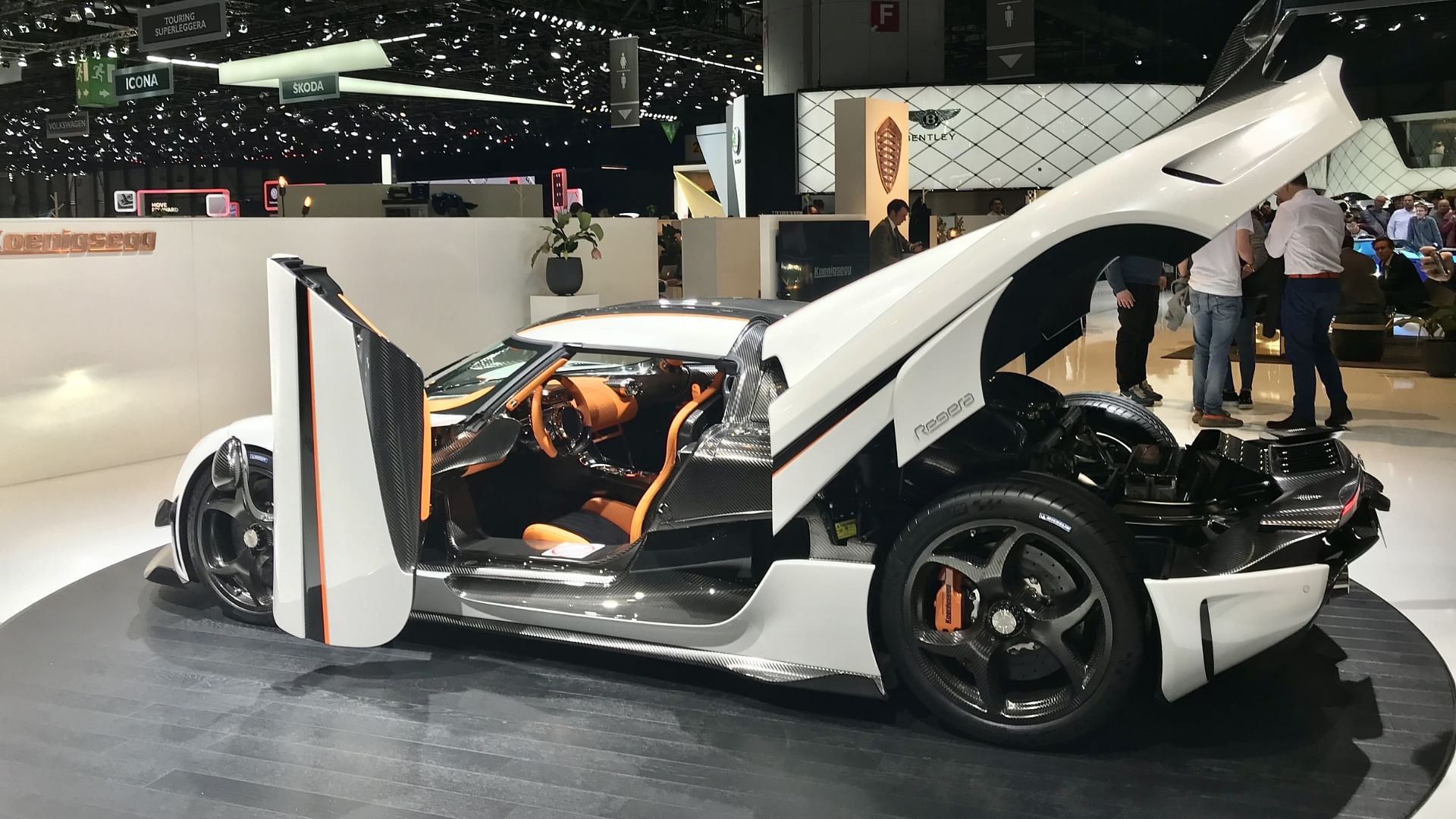 Koenigsegg Agera Doors - Source Ank Kumar, CC BY-SA 4.0, via Wikimedia Commons
Koenigsegg Agera Doors - Source Ank Kumar, CC BY-SA 4.0, via Wikimedia Commons
Apart from the massive engine and power that fancy-performance cars feature, they have also caught eyes by incorporating door designs that open up in a rather unconventional manner. With Mercedes bringing the Gullwing and Lamborghini introducing the famous Scissor doors, people tend to generalize other fancy door designs to be the same.
Although Koenigsegg has managed to innovate in terms of how the doors on the Agera open, it's easy for someone to call it Scissor doors, or even worse, “Lambo doors”. Hence, it is important to know and use the specific term the brand gives, which in this case is called the Dihedral Synchro-Helix Actuation Doors. Good luck practicing saying that in one go.
10. The Agera R could run on race fuel
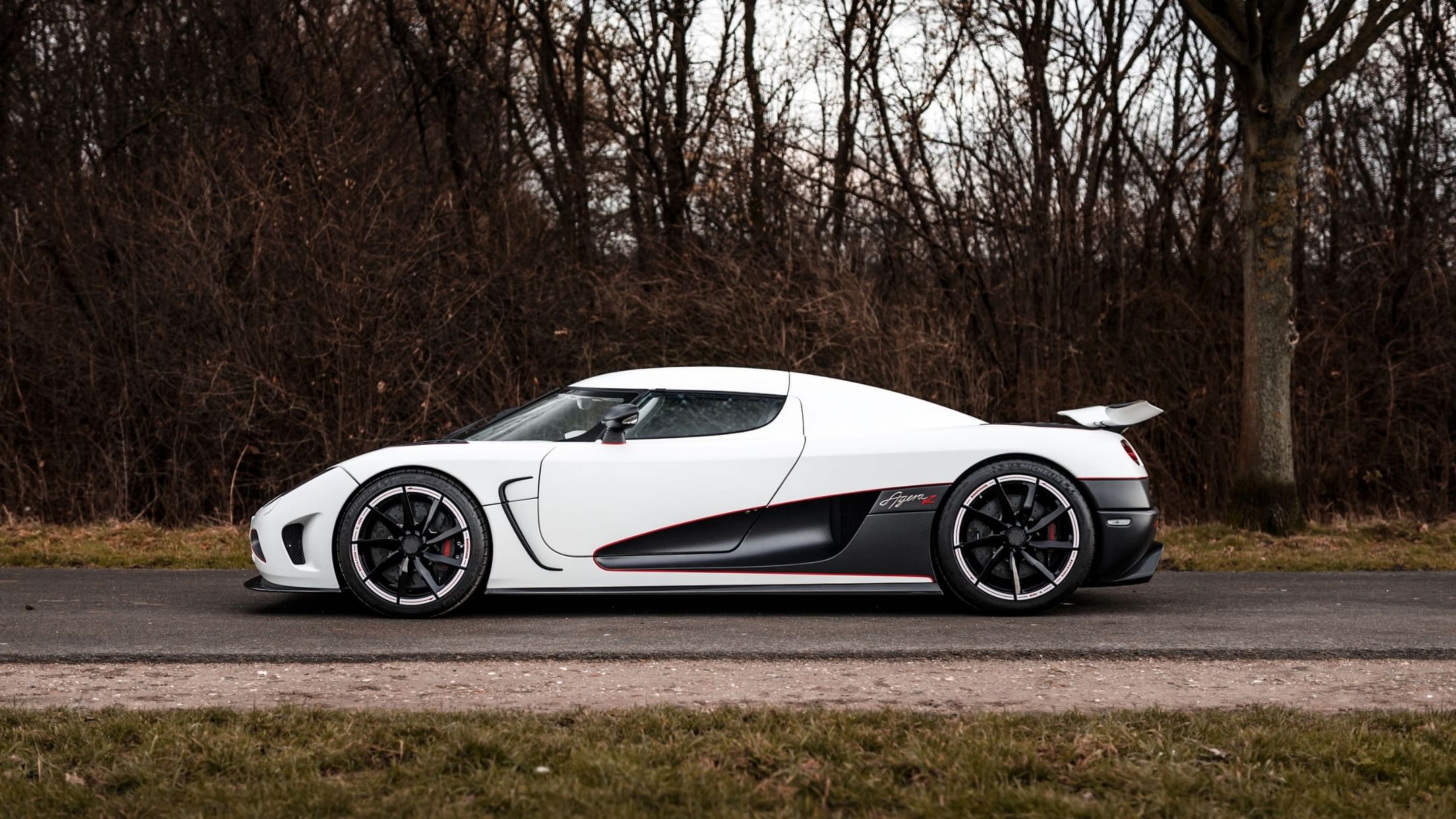 Koenigsegg Agera R - Source Koenigsegg Press
Koenigsegg Agera R - Source Koenigsegg Press
Koenigsegg in the past has developed powertrains that could run on ethanol fuel apart from regular gasoline. However, with the Agera R, Koenigsegg went all in and allowed the car to use any fuel that ranged between 95 octane to even E100 biofuel. For those of you wondering, 95 octane fuel is what supercars and performance cars regularly use while E100 is a 100% ethanol-based fuel that is only used in race cars. Using this special fuel could also bump the power output of the Agera R from a standard 960 hp to a whopping 1,140 hp.
9. Know why the car wears a ghost logo
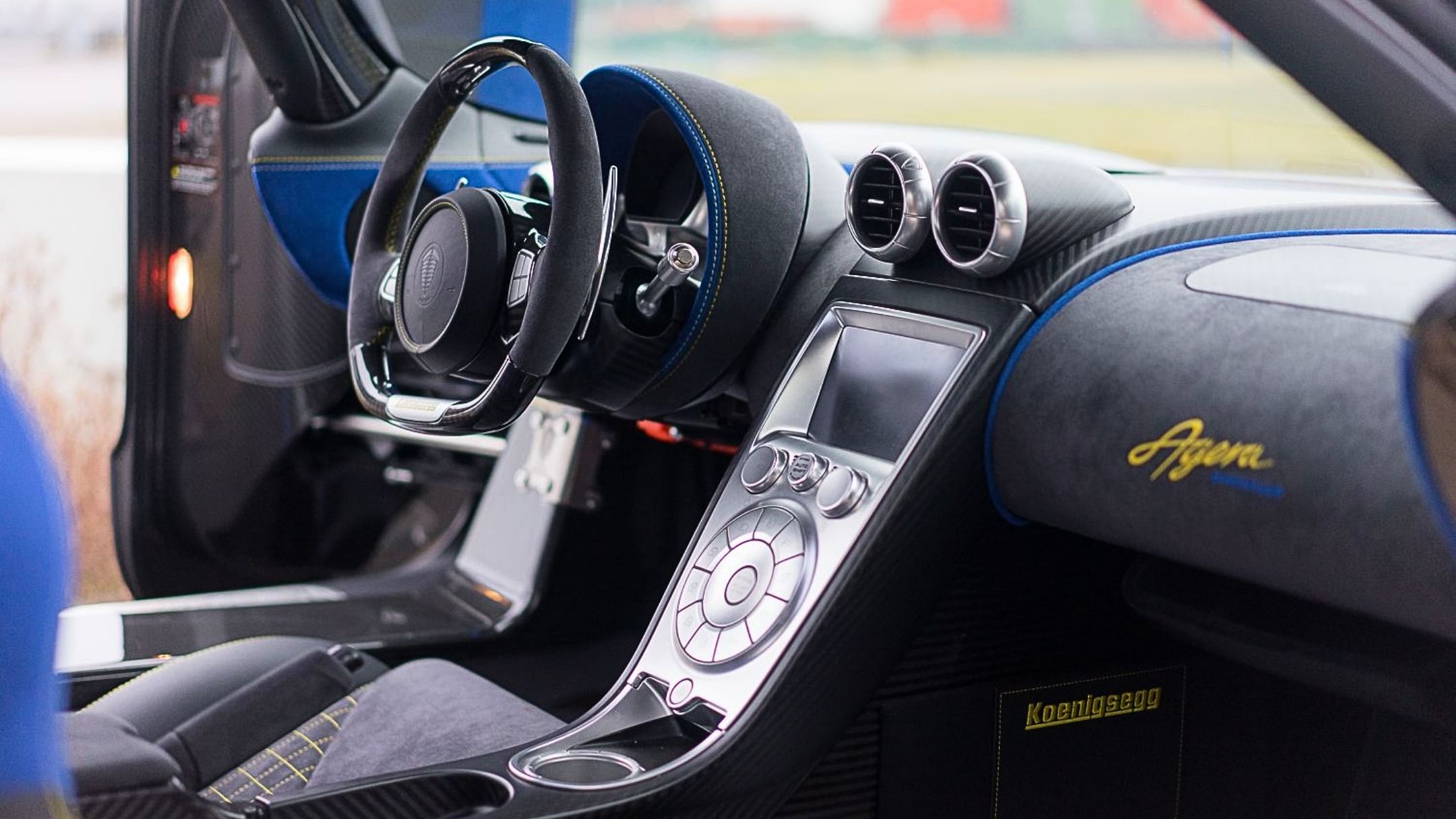 Koenigsegg Agera Cabin - Source Koenigsegg Press
Koenigsegg Agera Cabin - Source Koenigsegg Press
Called the Ghost Squadron, the tiny badge has become an identity for the brand and its cars. While Koenigsegg started building cars in Olofstrom, they later moved to a facility in Angelholm which was larger. However, this facility caught fire in 2003 and the brand had to acquire an old abandoned airfield as the replacement factory. The new jet hanger that was converted into the Koenigsegg factory was once used by a special Swedish air division called the Ghost Squadron. From then on, the brand started using the ghost logo on their cars to pay tribute to the squadron.
8. Koenigsegg Agera S officially broke the 1,000 hp barrier on regular fuel
 Koenigsegg Agera S - Source: Koenigsegg Press
Koenigsegg Agera S - Source: Koenigsegg Press
The Agera S came in after the Agera R but unlike the latter, the S was optimized to be driven on lower octane fuel unlike the R, which required premium fuel or ethanol-based fuel. It was with the Agera S that Koenigsegg completed making the 100th car to wear the shield but another milestone that the band achieved was to break the 1,000 horsepower mark as the car made a total of 1,016 horsepower on regular 95 octane fuel. Apart from this,
7. The AirCore hollow carbon wheels don't come cheap
 Koenigsegg Agera RS Carbon Fiber Wheels - Source Koenigsegg Press
Koenigsegg Agera RS Carbon Fiber Wheels - Source Koenigsegg Press
Some customers opted to go all-in by picking the optional carbon fiber wheels. While this saved weight and also made the car look a lot more exclusive, these wheels are recommended to be changed more frequently than the regular alloys. A set of AirCore hollow carbon wheels wrapped with Michelin Cup 2R tires (because a wheel change also requires a tire change) will cost you a total of upwards of $50,000.
6. Only some models based on the RS and a one-off Agera S can legally be driven in the US
 Koenigsegg Agera - Source Koenigsegg Press
Koenigsegg Agera - Source Koenigsegg Press
The Koenigsegg Agera sure is a great car that a lot of collectors wish they would own. However, not all Ageras can legally be driven in the US because of homologation issues. Another reason is that models like the Agera R run on high-ethanol biofuel which is not legal for sale in some states. However, Koenigsegg decided to homologate the car for the US market by going through all the legal requirements laid down by the official body.
It's reported that 60% of the Koenigsegg Agera RS budget was spent on homologation alone by the brand. However, Koenigsegg also made a one-off Agera S with a Monterey Blue paint job that's been wrapped in matte green by the current owner, which meets all the requirements to run the car legally in the US. This Agera S is called the Agera HH, where HH refers to the initials of the original buyer, Heinemeier Hansson, a Danish programmer.
5. World’s first production car with an even power-to-weight ratio
 Koenigsegg One:1 - Source: Clément Bucco-Lechat, CC BY-SA 3.0, via Wikimedia Commons
Koenigsegg One:1 - Source: Clément Bucco-Lechat, CC BY-SA 3.0, via Wikimedia Commons
The Koenigsegg One:1 was a special model with just 6 units ever produced. It's a no-brainer why the Swedish brand chose such a name for the car instead of sticking to just letters. In Swedish units of measurement, the One:1 carried a total of 1,369 PS while weighing in at 1,360 kg (2,998 lbs), giving the car the perfect power-to-weight ratio, which was never achieved on any production car before.
4. Some Agera RS features the 1MW package
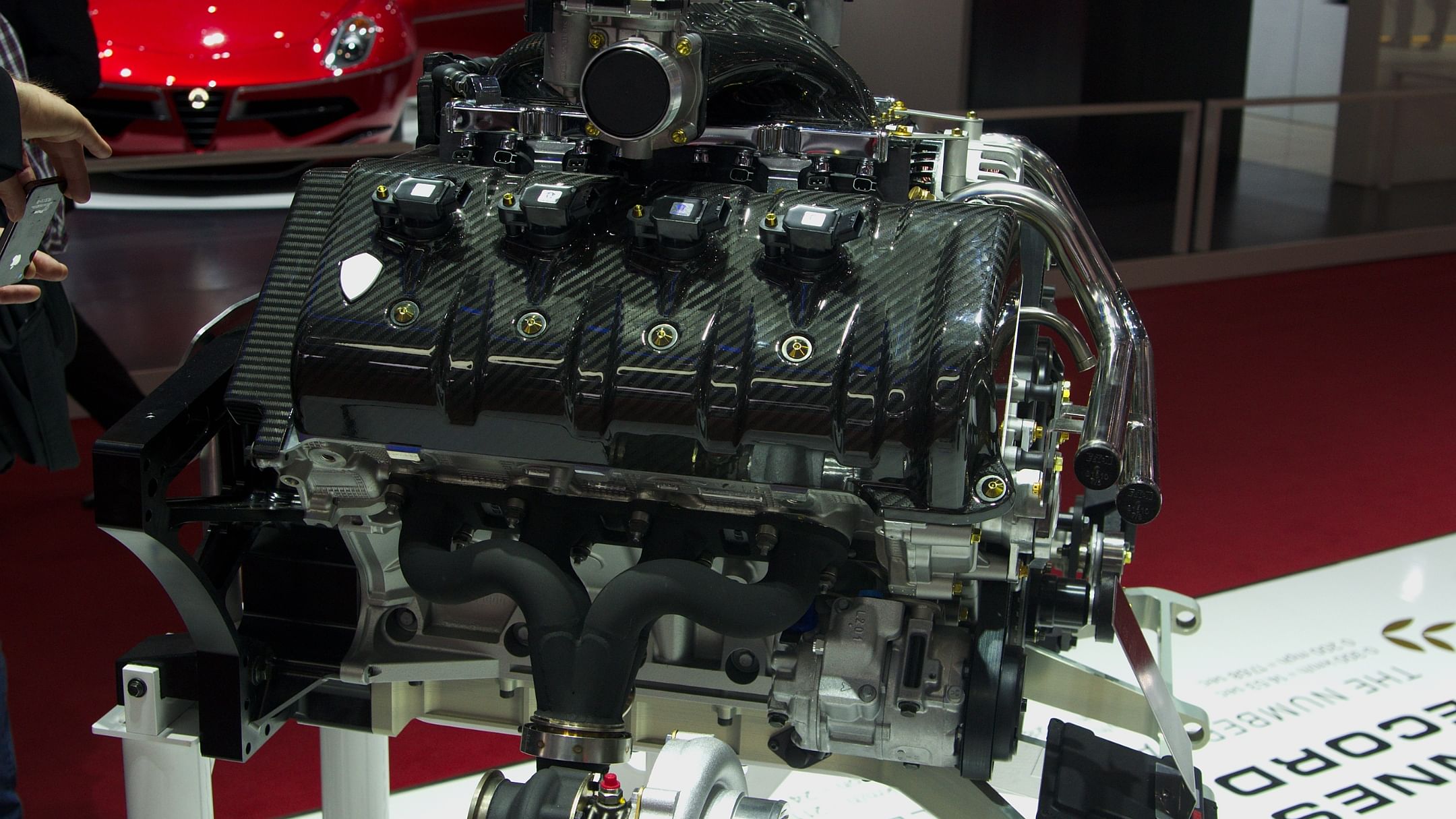 Koenigsegg 5.0L twin-turbo V8 - Source Clément Bucco-Lechat, CC BY-SA 3.0, via Wikimedia Commons
Koenigsegg 5.0L twin-turbo V8 - Source Clément Bucco-Lechat, CC BY-SA 3.0, via Wikimedia Commons
The Agera RS was a powerful car by itself but buyers had the option to choose the 1MW pack, which was a power upgrade. While the 5.0L twin-turbo V8 produced 1,160 hp in its standard form, the 1MW (megawatt) package pushes the figures to 1,341 hp, making it the most powerful production car when launched.
3. Koenigsegg Agera RS Claimed Multiple Records
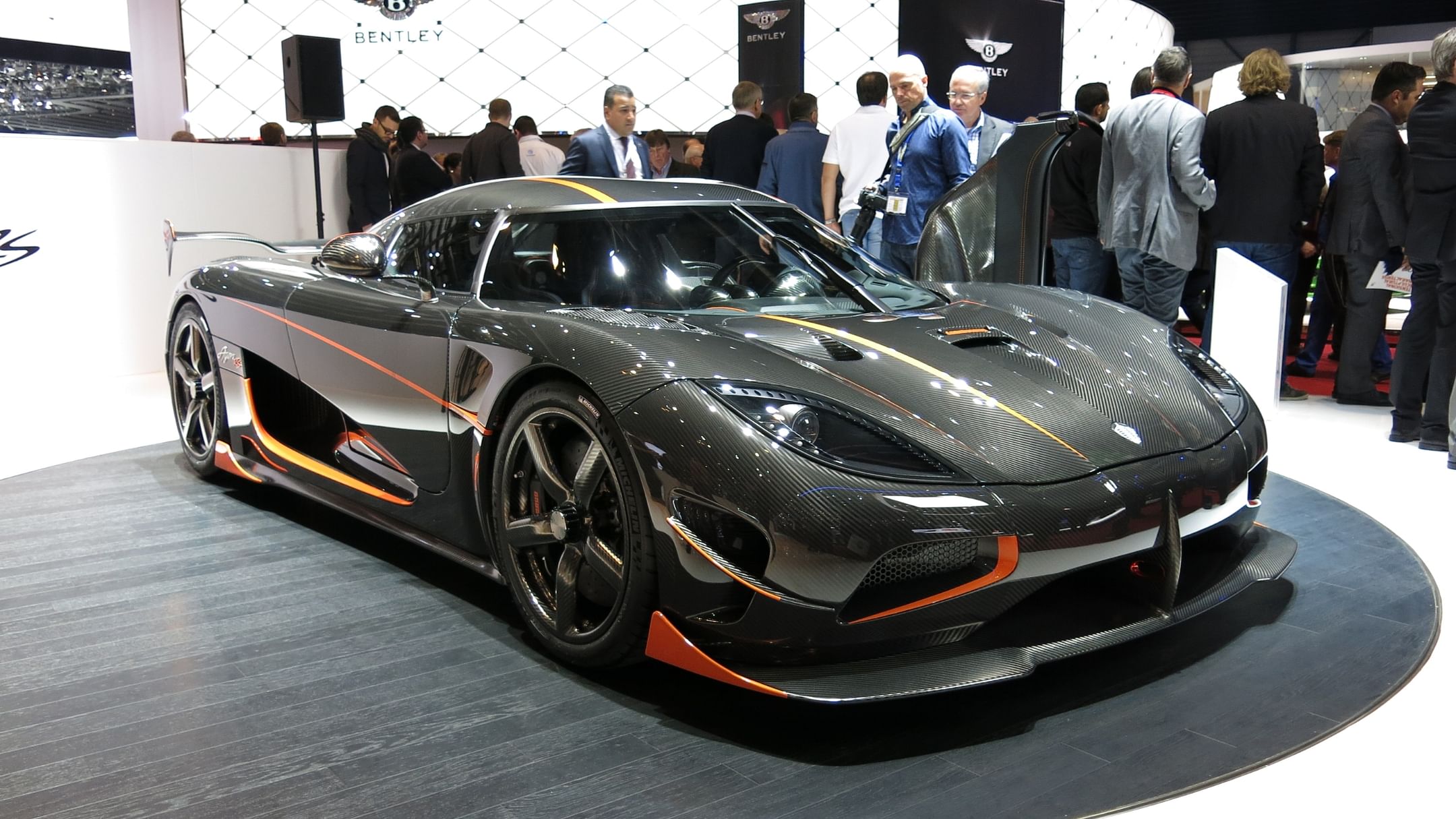 Koenigsegg Agera RS - Source Norbert Aepli, Switzerland, CC BY 4.0, via Wikimedia Commons
Koenigsegg Agera RS - Source Norbert Aepli, Switzerland, CC BY 4.0, via Wikimedia Commons
Starting with the 0–249–0 mph, the Koenigsegg Agera RS in 2017 stormed through with a record time of 36.44 seconds taking the helm from Bugatti Chiron with a difference of 5.56 seconds. The same Agera RS managed a few days later managed to hit the same mark in 33.29 seconds. Currently, the Koenigsegg Regera holds the 0-249-0 mph with 28.81 seconds keeping the crown locked in Koenigsegg's headquarters (not literally). The Agera RS also bagged the highest speed achieved on a public road in a single direction with 284.55 mph along with the flying mile record with a speed of 276.36 mph.
2. The Koenigsegg Agera FE stands apart from the other Agera models
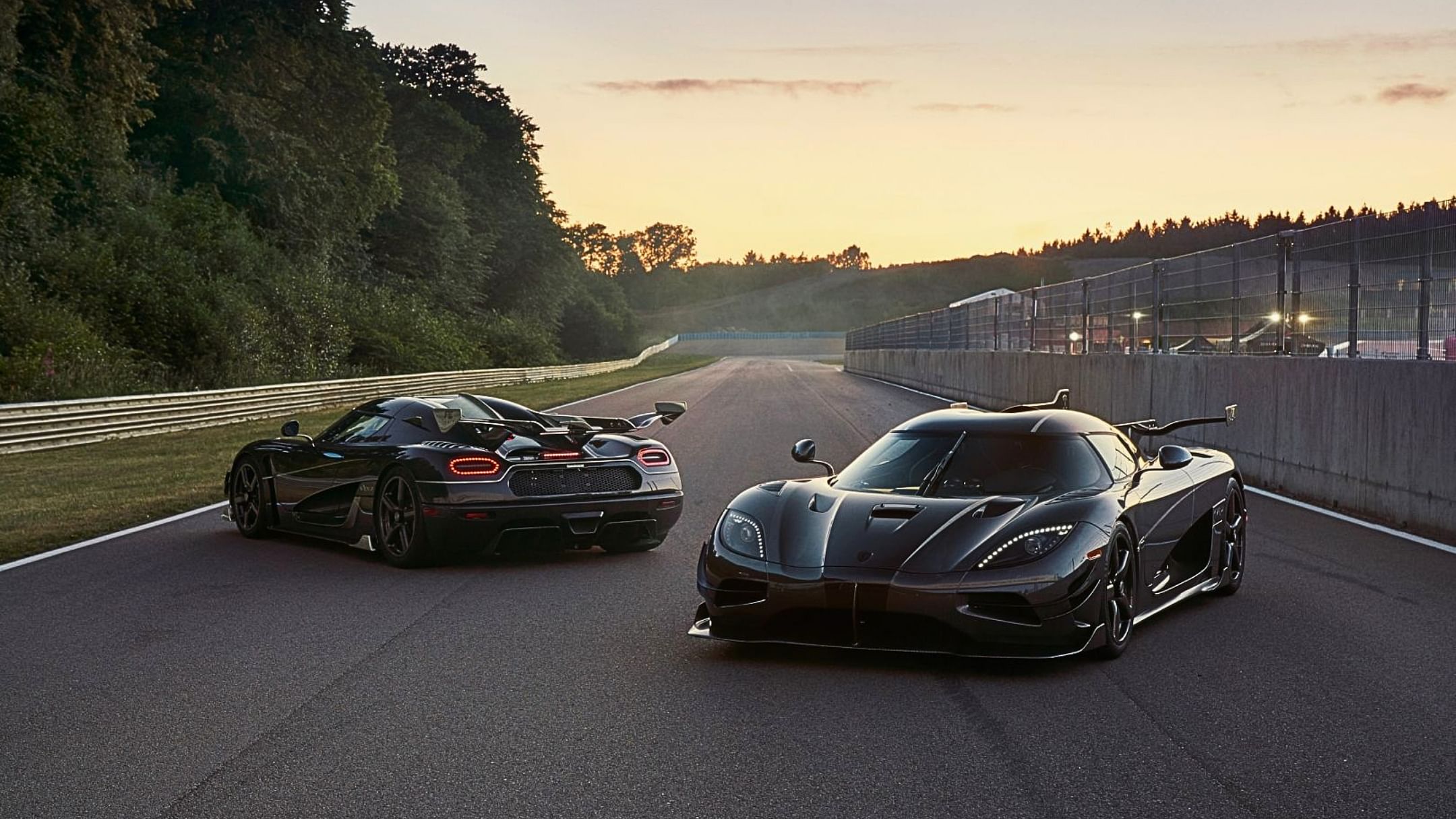 Koenigsegg Agera Thor & Väder - Source: Koenigsegg Press
Koenigsegg Agera Thor & Väder - Source: Koenigsegg Press
The FE in Agera FE refers to Final Edition, and as the name implies, this was the last of Koenigsegg Agera to be produced. Limited to just 3 models the first FE was unveiled at an exclusive event while the remaining two were unveiled publicly with Koenigsegg naming them both the Agera FE Thor and Agera FE Väder.
The Thor carries a two-tone black exterior with crushed diamond and white accent while Väder has the same crushed diamond paint with the center portion finished in bare carbon. Although based on the Agera RS, both these cars have exclusive wing designs while Thor features a Le Mans-style rear central fin. The best part about all this is that the buyers of the Agera FE were not charged extra over the standard price for the additional features and elements that were added to these models.
1. Chassis number 7128 was the first US-homologated Agera RS
 Koenigsegg Agera XS Karosserie Orange - Source Bryan S, CC BY-SA 2.0, via Wikimedia Commons
Koenigsegg Agera XS Karosserie Orange - Source Bryan S, CC BY-SA 2.0, via Wikimedia Commons
While the US had to hope and wait for a Koenigsegg Agera model that could legally be driven, the brand could only achieve it towards the end of Agera’s production run. However, two models called Koenigsegg Agera XS, which were based on the RS made its North American debut. Out of the two models, the one with Karosserie Orange paint job built for Kris Singh bearing chassis number 7128 was the first ever Agera to be legally registered and driven in the US.
As they say "All good things come to an end", the Agera is no exception as Koenigsegg discontinued this marvel in 2018 before launching Jesko in 2019
Write a comment
Comments
No Comments Yet






